In this article I’m going to reveal the photography tools that myself and other professional photographers have successfully used to become not only better photographers, but also to become better business owners.
Obviously there are hundreds if not thousands of different tools on the market that you can use to get the job done, but what I hope is that this list is insightful whether you’re a beginner or a seasoned professional.
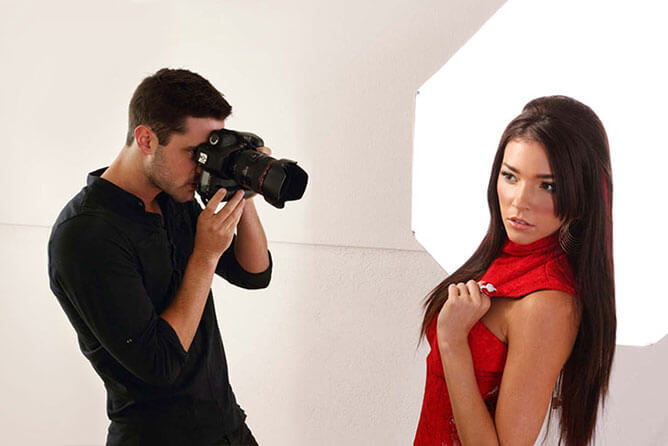
Due to the nature of this article, I unfortunately can’t go into great detail on how to use each specific tool, but I’ll do my best to be as descriptive as possible for you. If you would like more information regarding any of the photography tools listed in this guide please visit the respective links that accompany each tool.
If you come across any tools that you think should be included in this guide please reach out and let me know. Alright, let’s get going!
1. On-Camera Flash Diffuser
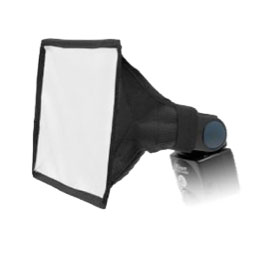
One of my secrets for capturing beautiful even lighting that enhances skins tones without emphasising wrinkles or blemishes is to attach a diffuser to my portable flash unit.
Flash diffusers help distribute light evenly and are relatively in expensive. You can pick up a variety of different flash diffusers for a couple of dollars.
I personally prefer flash diffusers that are made out of materials just like the ones demonstrated in this photograph, but you can pick up ones made from plastic also.
A downside of the plastic diffusers are that most are made to fit a particular flash unit which doesn’t allow for much flexibility compared to a material diffuser which will fit most on-camera flash units.
I choose to use my on-camera flash as a fill-light which really produces beautiful results for wedding and portraiture photography.
Here are good examples of inexpensive flash diffusers:
- Fotodiox 6”x8” Universal Softbox
- Zeikos Universal Soft Flash Diffuser
- “A Better Bounce Card” Flash Diffuser
2. Custom Lighting Solutions

At some stage in your career as a photographer you’ll come across a project or assignment that requires custom lighting and for most photographers who specialize in product, wedding or portrait photography wouldn’t be able to survive without a portable and robust set of suitable lighting equipment.
There are numerous combinations of lights and accessories on the market and you don’t necessarily need to choose the most expensive brands to get the job done.
It’s our job as a photographer to sometime improvise in order to create and capture the lighting required which can often involve using items that we may never have thought of in the first place.
Below is a short list of reasonably price portable studio lighting kits that you might find of interest:
- Cowboy Studio Umbrella Continuous Triple Lighting Kit
- Square Perfect SP3500 Complete Portrait Studio Kit
- Christopher Grey’s Studio Lighting Techniques For Photography Book
3. Studio Backgrounds
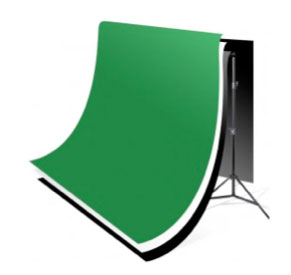
Studio backgrounds are great and can be used in so many situations from general portraiture right through to videography. If you choose to go down the road of owning your very own background and a support system please take the time to consider your options.
Backgrounds can come in several different types from paper which is cheap and tends to need to be replace compared to that of material which is more durable.
The three most popular styles of backgrounds for photography I’ve found to be are white, black and green screen. White and black are very versatile for all forms of photography, where as a green screen can be used to easy add artificial digital backgrounds which can be very popular with customers.
Make sure you consider the needs of your business prior to investing in background and support system:
- Square Perfect SP5000 Professional Chromakey Green Screen & Stands
- Chromakey Green Screen Muslin Backdrop Support Kit
- ePhoto 9115 Portrait Studio Backdrop Support System
4. Adobe Lightroom & Photoshop
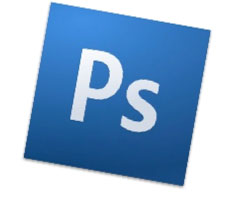
As a photographer you would be extremely hard done by if you didn’t have access to Adobe’s Lightroom and Photoshop for editing your photographs.
It’s no secret that Photoshop has been at the core of every successful photographer for a very long time and for good reason. In this new digital age it is essential to be able to control every aspect of an image file in order to achieve our desired outcome.
Adobe now offers a variety of different software packages to suit everyones needs, but from the perspective of a professional photographer avoid purchasing Adobe Photoshop Elements which is essentially a watered down version of Photoshop without all the bells and whistles. But with that said Elements is continually evolving and as Photoshops feature sets grow, so will Elements.
For further information checkout some of the resources below:
5. Advanced Presets, Actions & Plugins

Essential to any photographers editing workflow within Adobe Lightroom or Photoshop are presets, actions and plugins. These that can be used to improve productivity by automating repetitive workflow processes that occur in the day to day life of a professional photographer.
Presets, actions and plugins can perform a variety of useful tasks from the creation color effects, black and white tones, sepia tones, high dynamic range or HDR effects, photo retouching, background extraction etc. inevitably saving you time and money.
There are lots of great plugins made by all sorts of companies and photographers in the marketplace, but just remember if you can afford an advanced plugin for your digital workflow you can always create your very own through presets and actions.
It’s not very difficult to do, however it does require a little bit of know how to set them up. But once you have set up one preset or action you can easily replicated it without any trouble.
Here are a few plugins that I have found quite useful over the years:
6. Color Management Charts & Software
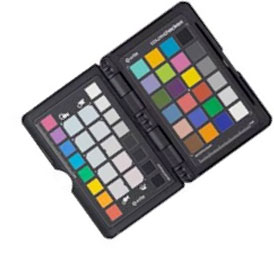
Consistency in photography as a professional is extremely important if you want to be successful. At stage in your photographic journey achieving consistent color throughout your digital workflow will become a priority.
Color management is the process of managing the conversion of color from different devices such as your digital camera, flatbed scanner, Computer Monitor, Photographic Printer and Papers just to name a few.
One tool I highly recommend you have in your camera kit is an 18% gray card and a color chart which can be included in photographs as a reference point to not only adjust your white balance, but also match specific skin tones and colors.
Color charts and color management tools that you might find useful:
- X-Rite ColorChecker Portable Passport and Software
- X-Rite MSCCC ColorChecker Chart
- Datacolor Spyder 4 Elite S4EL100
7. Professional Printer or Photographic Lab?
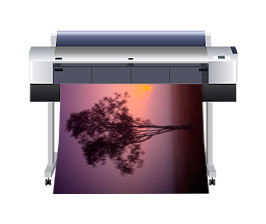
How you choose to display your photographs is a very important aspect of your work and printing in general can be a very expensive exercise. Essentially when it comes to making a decision about how you would like you photos printed you primarily how to options.
The first is to invest in your very own large format color inkjet printer, inks and paper along with the education needed to be able to run your new printer efficiently.
For most this option is out of reach and in reality isn’t always a viable option. The question you should ask yourself is… do you want to take more photographs or print more images?
If you want to take more photographs which is where most of your money will be made, I recommend investing in a small to medium size inkjet printer such as Epson Stylus Pro 3880 Inkjet Large Format Printer – 17” for proofing requirements and then choose a good professional photographic lab for handling the majority of your printing.
Professional photographic labs have a great selection of papers and a quick turn around which is often more economical then trying to do it all by yourself.
8. Catalogue of High Quality Products

One of the easiest ways to grow your photography business is by being able to deliver an extensive range of products and services to your customers. Now you might be thinking that this will make the buying process more complex which is simply not true when implemented correctly.
By offering something that compliments an existing product or service you are providing, you can easily increase the average investment a customer makes in your business.
Here are examples of additional products you could add to your existing product catalogue:
- Different Photographic Paper Types: (Matt, Gloss, Metallic, Fujiflex etc.)
- Fine Art Prints
- Canvas Prints
- Acrylic Mounts
- Professional Framing
- Photo Albums & Photo Books
- Calendars, Diaries, Greeting Cards, Novelty Items etc.
9. Professional Looking Websites That Sells

In an industry that has expanded so fast since the introduction of digital cameras, it’s become extremely hard to standout from the crowd and attract new customers.
Without a doubt one of the most important elements of running a photography based business or any business for matter in todays online economy is the ability to be able to sell your products and services online through your very own website.
Building your own photography website doesn’t have to be difficult and you don’t need to know any HTML to get this done quickly and easily. Below you’ll find a short list of services that can easily make you a website with ecommerce capabilities for selling your photos online.
Resources & Tools you might find useful:
10. Professional DSLR Video Stabilizer Mounts
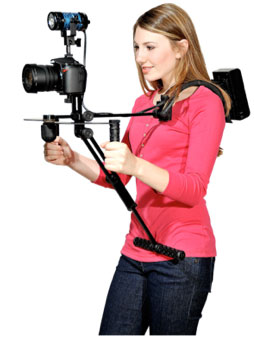
Advancements in digital camera technology have now enable photographers to be able to capture high definition video all from within their DSLR. Video production is a great additional to your existing services as a photographer, especially if you shot weddings.
With one or two simple additions to your camera kit you’re able to record videos like a professional in no time at all.
For video you’ll need to think about getting a DSLR stabilizer or shoulder mount, a decent microphone for recording high quality audio and potentially a portable LED Light that you can mount to your digital camera.
These three tools will make a huge difference to the quality of the video you’ll be able to capture and improve the variety of environments under which you’ll be able to record.












I dont have yet my website. I really like to start my own photograpy business but still Im not decided yet. And still Im starting to collect some items that I think could he me in starting my business .